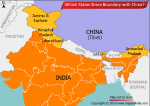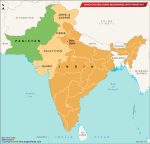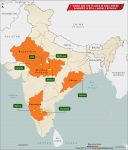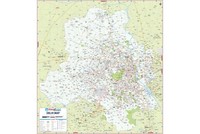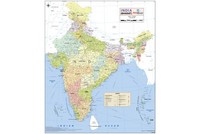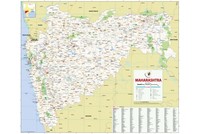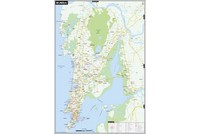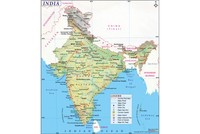Capitalised at Rs. 5 lakh, the Bombay Spinning and Weaving Company paid a 10 per cent dividend for six years straight. Cowasji Nanabhai Davar had already set the stage for the safety of industrial capital in India. Impressed by his impressive invention, a good population of entrepreneurs like Wadias and the Tatas started investing in industries. Post interruption of supplies from the USA, cotton exports grew during the American Civil War. Also, at the end of 1895, there were 70 mills, growing to a total of 83 by the year 1915.
Prior to the middle of the nineteenth century, India used to export cotton to Britain and later re-imported the textile. While the year 1820 saw the total textile import valued at only Rs, 350,000; the prices escalated until in 1860 the textile imports reached Rs. 19.3 million. It was on 22 February 1854 that Cowasji Nanabhai Davar opened the first Indian cotton mill “The Bombay Spinning Mill” with opposition from the Lancashire mill owners eventually combated by the support of the British manufacturers of textile machinery. Additionally, by 1870 there were 13 mills, exclusively in Bombay.

